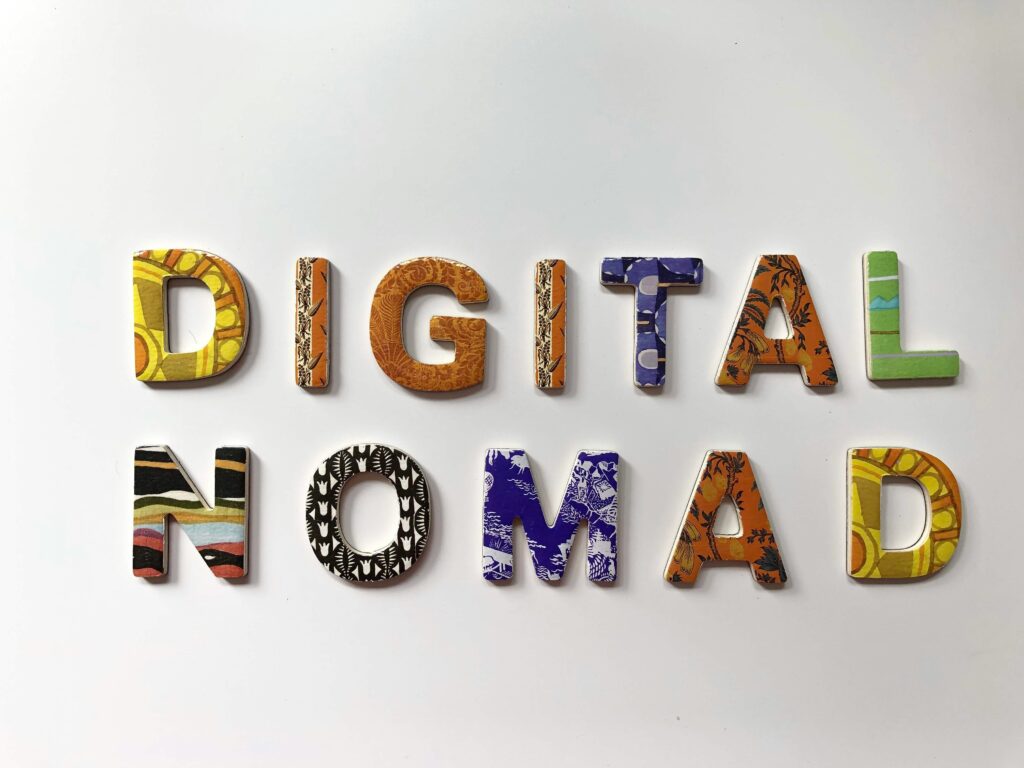UK mandatory digital ID. The government has confirmed plans to introduce a national digital ID that will become mandatory for proving the right to work in Britain by the end of this Parliament (no later than 2029). Ministers pitch it as a modern security tool to curb illegal working and a convenient key to public services; opponents call it an intrusive step that won’t stop small-boats crossings and could widen digital exclusion.
Prime Minister Keir Starmer unveiled the policy in London, arguing that progressive politics must “control the border” and tackle illegal employment, while Chief Secretary Darren Jones said a well-run digital ID could be the “bedrock of the modern state.” A government press release set out the broad strokes and promised a public consultation later this year, with legislation to follow. The scheme will be mandatory for employers’ Right-to-Work checks, but not something people are required to carry on them in daily life, Downing Street says. GOV.UK+1

Below, we cut through the noise and answer the nine questions readers keep asking.
1) What exactly is being proposed?
The government will create a digital identity credential for UK residents that can be presented on a smartphone (with non-smartphone options promised) and used to prove right to work—and eventually to simplify access to services like driver licensing, childcare, welfare, and tax records. Think of it as a secure, reusable identity token replacing today’s patchwork of manual checks and scanned documents. It will not require people to carry ID at all times, officials say, but employers will need to use it to verify new hires by the end of the Parliament. GOV.UK
2) When will the UK mandatory digital ID take effect?
A three-month consultation is due later this year, followed by primary legislation in early 2026 (timeline per government briefings). Roll-out will be staged, with mandatory Right-to-Work use by 2029 at the latest. Several outlets reported the plan in lockstep with the Prime Minister’s speech, citing the same end-of-Parliament deadline. AP News+2The Guardian+2
3) How will it work in practice?
- On your phone: The credential is expected to live in a GOV.UK digital wallet (similar to how payment cards sit in Apple/Google Wallet).
- What it contains: Core fields like name, date of birth, nationality/residency status, and a photo; the consultation will consider additional data (e.g., address).
- Verification: Employers would scan or request a time-limited, cryptographically signed code (or similar) rather than taking photocopies of passports or relying on manual checks.
- No-smartphone routes: The government says it will ensure alternatives for people without compatible devices. GOV.UK+1
Note: The UK already runs online status checks for many non-UK nationals and permits remote ID validation for British/Irish passport holders. The digital ID would standardise and tighten this patchwork into a single, reusable credential. GOV.UK

4) Why is the government doing this?
Ministers argue that a single, tamper-resistant digital credential will deter fake documents, raise employer compliance, and reduce illegal working, which they link to exploitation and wage undercutting. Politically, it’s part of a broader pledge to reassert control over migration systems while modernising the state after years of incremental, piecemeal checks. The announcement came alongside rhetoric about “secure borders” and progressive state capacity, and amid public concern over small-boat crossings. AP News+1
5) Will the UK mandatory digital ID stop small boats?
Probably not on its own. Even supportive analysts say a Right-to-Work ID addresses illegal employment, not irregular entry routes. Critics—from Reform UK to the Liberal Democrats and SNP—argue the scheme risks civil liberties without solving Channel crossings. The government counters that labour-market enforcement is a necessary pillar alongside border and asylum reforms. The Guardian

6) Is this “ID cards by the back door”?
The UK famously scrapped Labour’s ID Cards Act 2006; the Coalition repealed it via the Identity Documents Act 2010, destroying the National Identity Register. Today’s proposal is digital-first and purpose-limited (Right-to-Work, with service access over time) rather than a physical card plus central register—though privacy advocates warn that function creep is a perennial risk. The Institute for Government notes that any new scheme must learn from the political and technical failures of the 2000s. Wikipedia+1
7) What about privacy, surveillance, and data security?
Civil liberties groups, including Big Brother Watch, warn about mass surveillance, data breaches, and mission creep once a state issues a universal credential. They point to past government databases that ballooned in scope and question whether “voluntary to show” can remain voluntary once employers and agencies make it a de facto requirement. The government says the ID will be free, privacy-preserving, consulted upon, and available offline—and that it will not be a carry-at-all-times ID. Independent scrutiny, strong data-protection guardrails, open technical standards, and clear redress routes will be crucial to credibility. The Verge+1
8) What changes for employers and workers?
- Employers already must check Right-to-Work; the digital ID should standardise checks, reduce document fraud, and create a consistent audit trail. In the short term, expect new compliance steps, vendor contracts, and HR system updates.
- Workers would reuse one verified credential across jobs instead of repeatedly uploading scans and utility bills—potentially faster onboarding for legitimate hires.
- Edge cases (people without smartphones, those with complex status, or cross-border identities) will test the system; ministers promise accessible routes. GOV.UK
9) What happens next?
- Consultation (Q4 2025): On scope, data fields, offline options, redress, and governance.
- Bill (early 2026): Parliament will debate safeguards, costs, oversight, and penalties for misuse.
- Build & pilot (2026–28): GOV.UK Wallet and integrations with employer systems; user testing focused on inclusion and security.
- Mandatory Right-to-Work (by 2029): Full switch-over, with transitional support. GOV.UK+1

Political reaction at a glance
- Labour (government): Framing digital ID as a practical, progressive control—plus a springboard for service reform (Jones’s “bedrock” comment). Yahoo News
- Conservatives (opposition): Skeptical of mandatory schemes; warn of extra red tape for law-abiding citizens and firms, with little impact on small boats. The Guardian
- Liberal Democrats, SNP, Reform UK: Strongly critical on civil liberties and efficacy; argue the plan won’t deter crossings and risks state overreach. The Guardian
- Recruitment sector / think tanks: Mixed—see potential to cut fraud and simplify hiring, paired with calls for robust privacy, offline options, and clear governance. The Guardian
What to watch (signals of success or failure)
- Inclusion-by-design: Real, tested alternatives for non-smartphone users and those with poor connectivity. GOV.UK
- Minimal data model: Keep the credential “thin” (prove you are you and your status) rather than a catch-all dossier.
- Independent oversight: Statutory guardrails, transparency reports, and audit rights; potential role for the Information Commissioner and an independent ethics board.
- Open standards & portability: Interoperable credentials that work across employers and, ideally, dovetail with emerging EU digital identity wallets—without data leakage. The Verge
- Measurable outcomes: Track fraud reduction, onboarding speed, user satisfaction, and impacts on illegal working—not just the existence of a new app.
Context: why the UK mandatory digital ID fight never really went away
Britain has no general ID requirement and has been wary of national registers since WWII. Tony Blair’s mid-2000s scheme was repealed in 2010–11, its database literally shredded. But the everyday fabric has changed: we bank, travel, and prove things digitally. Governments everywhere (EU included) are building digital identity wallets. The UK has nudged toward this for years via online immigration status, digital right-to-rent/work checks, and GOV.UK One Login. The new plan is the most sweeping effort yet to pull those strands into one reusable credential—and the most controversial since the 2000s. Wikipedia+1
Bottom line
A UK mandatory digital ID for Right-to-Work is coming, barring a parliamentary defeat. If it ships with tight scope, serious privacy, and true inclusion, it could streamline hiring and shrink fraud. If it bloats, excludes, or leaks data, it will confirm the worst fears of its critics and could collapse under public mistrust—again.
For now, the question isn’t whether Britain adopts digital identity; it’s how. The government has invited a debate. The details will decide everything.
External sources (link these at the relevant claims)
- Official announcement: UK Government press release — “New digital ID scheme to be rolled out across UK” (mandatory for Right-to-Work by end of Parliament; consultation this year). GOV.UK
- News coverage & timelines: Associated Press; The Guardian live politics page; The Verge explainer (GOV.UK wallet, end-of-Parliament timeline, reactions). AP News+2The Guardian+2
- Minister’s ‘bedrock’ remark: Yahoo UK (Darren Jones quotation). Yahoo News
- Background on prior ID card repeal: Institute for Government explainer; Identity Cards Act 2006 (repealed by Identity Documents Act 2010). Institute for Government+1
- Public explainer: Sky News Q&A on what digital ID is, whether it’s mandatory, and safety considerations. Sky News


